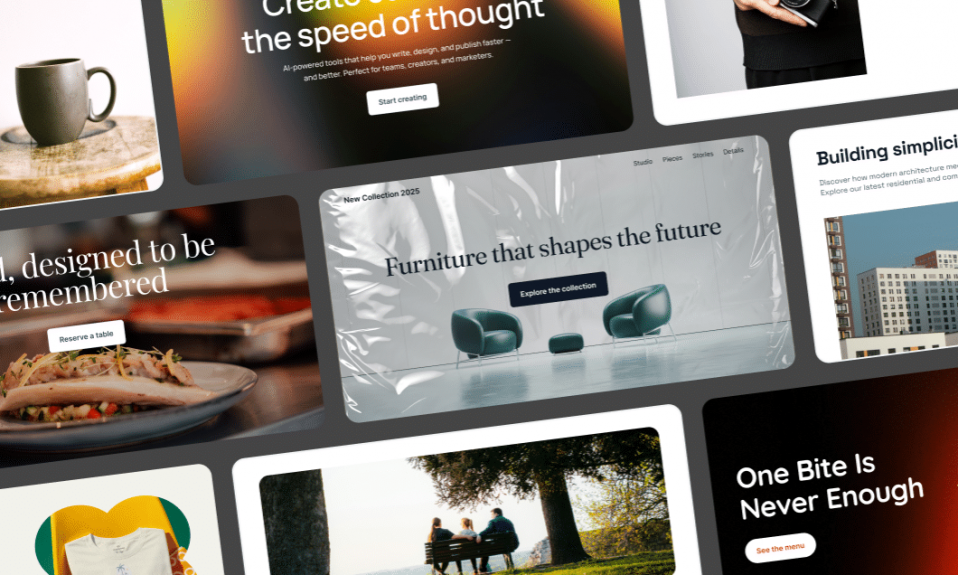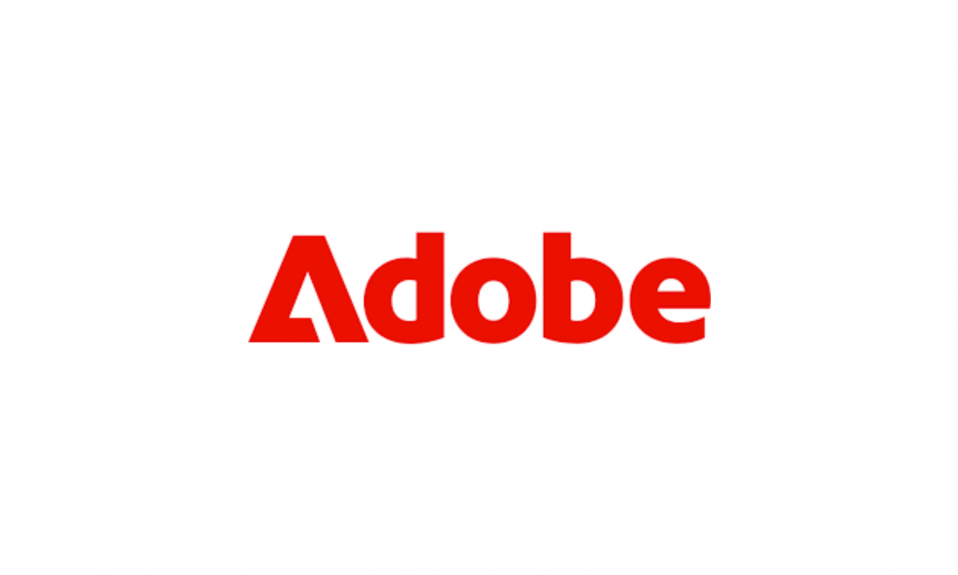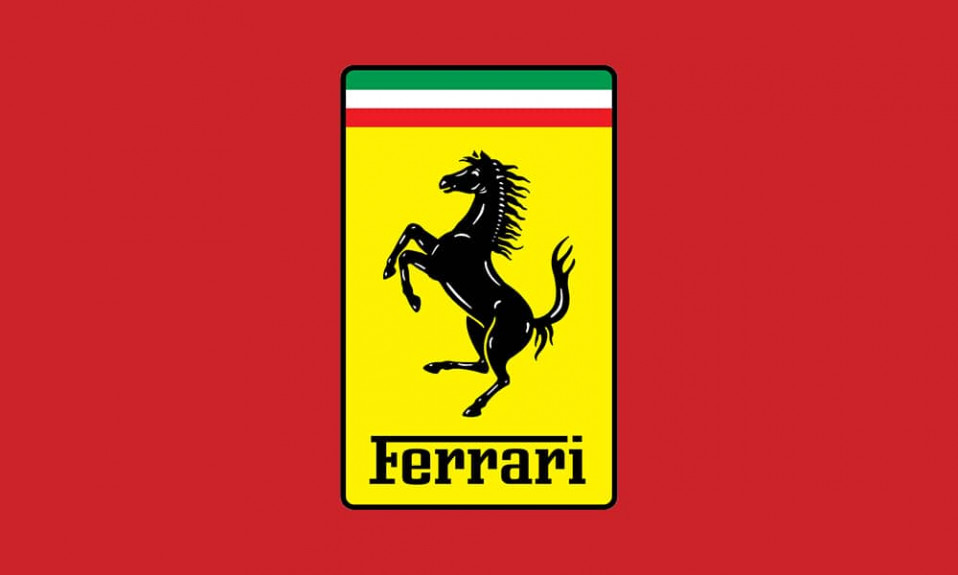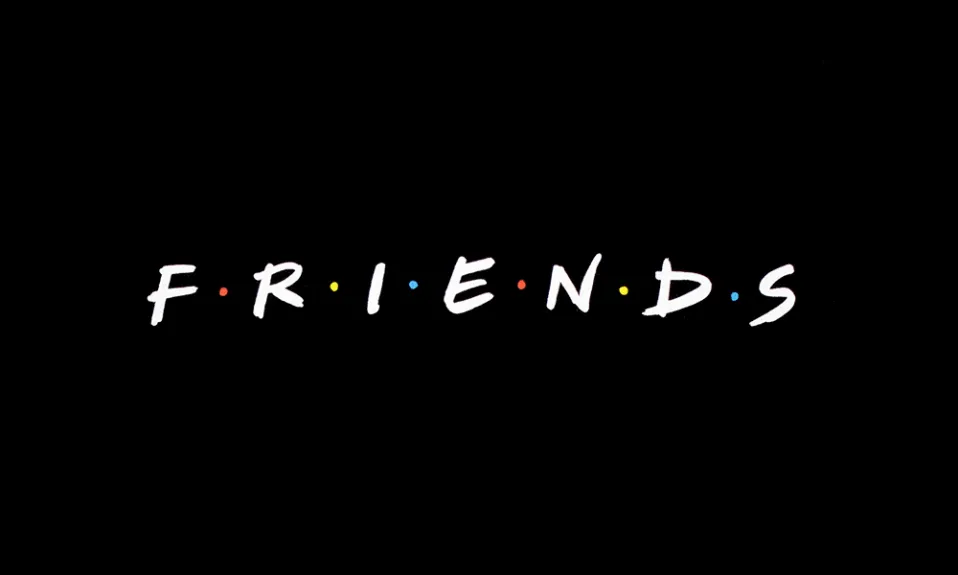In today’s world, visual information is extremely important. Understanding different methods of presenting images is essential. One effective approach is using a vector version of the logo. This ensures crystal-clear and scalable graphic elements, regardless of their size.
In this article, we will explore what is a vector file in logo design, and discuss the pros and cons of using this format for your branding needs.
Table of Contents
What is a vector file
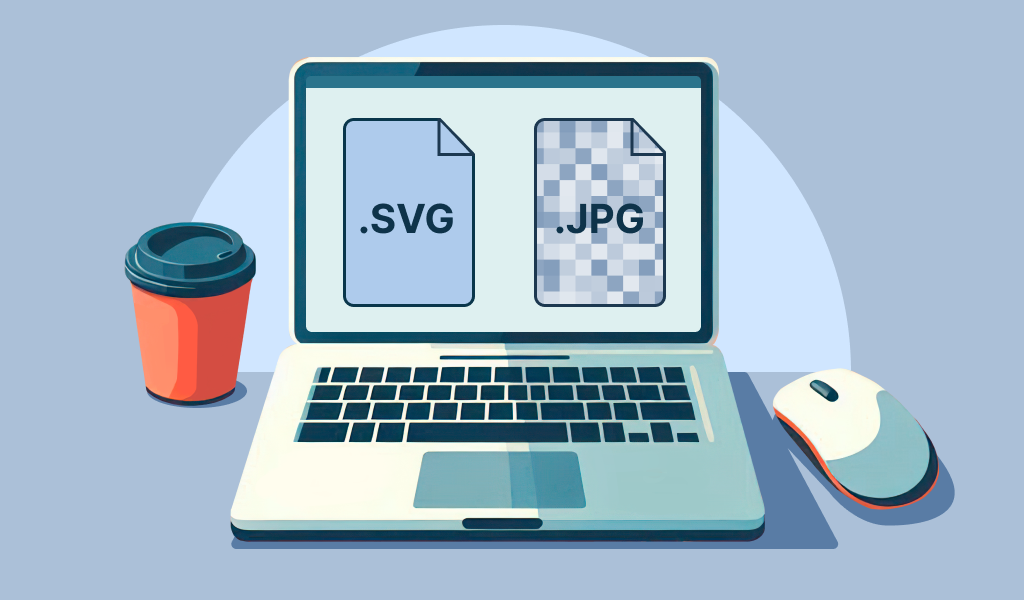
If you’re wondering what a vector version of a logo is, it’s simply the logo saved in a format that uses vector graphics. This format allows it to scale without any loss of resolution. Such a format is based on mathematical algorithms. These algorithms allow you to create, save, and distribute images consisting of basic geometric elements. This method uses points, curves, and polygons to form visual objects.
The key advantage of this approach is that each element of a vectored logo is described by mathematical equations that determine its parameters, including shape, color characteristics and dimensions.
Imagine that you want to draw a circle and enlarge it. In a pixel format, the small circle would stretch as it grows. This stretching would affect the quality. In a vector format, the circle is described using a mathematical formula. This formula defines its radius and center. You can enlarge the circle as many times as you like. The values of the radius and center will change, but the circle will stay sharp.
A vectorized logo is especially useful in such cases. It ensures the logo remains clear on any media.
Logo vector format advantages over raster images
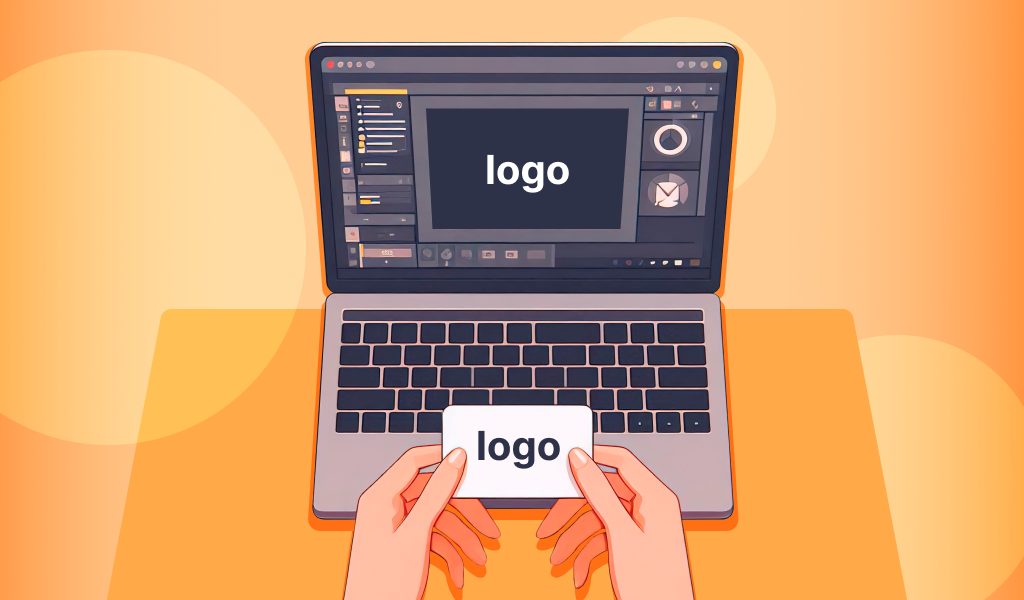
A vector file for a logo can be useful for designers in their work. It is especially helpful when they are faced with the task of creating specific visual elements, such as icons or logos, or even full-scale illustrations. But it is important to consider the context. Vector shapes and graphics in general may not always be useful.
Here are the main reasons why vector graphics are widely used:
- They are easy to edit. The main advantage of vector shapes is that they can be easily edited during the work process – resize, expand or stretch, change the color, add a gradient and much more. All these changes will not affect other elements in the illustration.
- They are easily scalable. Vector elements can be enlarged several times without losing quality. For example, if you do the same with a raster element or image, then at some point you will be able to view the pixels – this spoils the quality. This will not happen with vector shapes, so they are suitable for high-quality printing.
- Vector logo file weighs less. The output works are lightweight, which is quite convenient in terms of their further use or storage.
- Mobility. Vector elements can easily be converted to raster, allowing additional details to be drawn later. These files can also be edited in various programs, not just Adobe Photoshop. For example, in Illustrator, CorelDRAW, Inkscape and others.
All these advantages make the vectorial logo type indispensable. It is essential for designers, marketers, and specialists working with visual materials. By choosing this type of graphics, you ensure professional and high-quality content. It will look great on any platform.
However, there are also a few drawbacks of vector logos:
- Complexity of creation: Creating a vector logo format requires knowledge and skills in working with vector graphics editors, such as Adobe Illustrator. For beginners, this can be a difficult task that requires training and practice.
- Limitations on detail: vector format for a logo can be less detailed than raster ones, especially when it comes to complex images. This can limit their use in projects that require high detail.
Application in branding and marketing

Vector logos are like chameleons in the world of branding. They easily adapt to any environment. These logos perform well on all kinds of platforms. From printed products to massive billboards and smartphone screens, they maintain clarity and recognizability. This remains true regardless of changing conditions.
Moreover, vector logos are indispensable when it comes to souvenirs or corporate clothing. They can be safely printed on a variety of surfaces and at any scale, without fear of violating the corporate style of the brand.
Adaptability is one of the main advantages of vector logo design. Such images can be easily modified and updated. At the same time, they maintain their original high quality. This feature is especially important for developing companies. It allows them to modernize the logo gradually. There is no need to completely recreate it.
Thus, vector logos enable brand evolution. They ensure recognition and high-quality visual presentation remain intact.
Types of a vector format logo

Below we will consider the most popular and useful image formats, addressing common questions such as «What does a vector file look like?» and how it differs from other file types.
- The most common vector logo file type is SVG. It allows you to represent images as a set of instructions in the XML language. This structure provides impeccable scalability, this is why SVG is a great option for web graphics.
- Another popular type is PDF. This universal format not only supports graphics, including those saved as a vector format logo, but is also used to represent text information. PDF files can include fonts, images, and even interactive elements, which ensures their wide application in publishing and document management.
- EPS is a format focused on high-quality printing. EPS files are favored by specialists because they can incorporate both raster and vector elements, offering versatility in graphic design.
- No less significant is AI, the Adobe Illustrator program’s native format. Designers can produce and modify high-quality graphics with the utmost accuracy due to AI files’ support for complex visual elements and layers.
Each of these formats has unique properties and capabilities, allowing you to solve various problems in the field of graphic files. Understanding the meaning of a vector logo is essential, as it helps in selecting the right format for scalability and clarity. The choice of the appropriate format largely depends on the final goals and requirements of a particular project.
Making a logo in vector format yourself
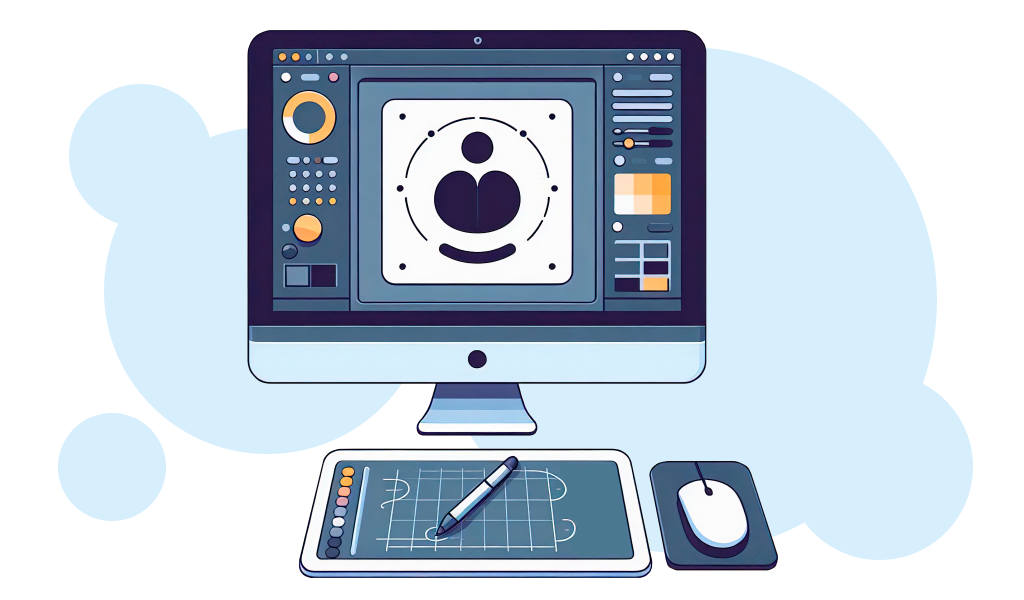
There are many specialized applications for processing and editing images. They allow you to create and modify graphic files, providing the user with a lot of tools for professional work.
Adobe Illustrator is one of the most popular applications to vectorize logos. It is known for its extensive functionality and capabilities that are suitable for both novice designers and professionals. With the program, you can make elaborate layouts and images based on various illustrations.
CorelDRAW is another powerful tool for processing graphic files. The program is especially popular among print designers due to its intuitive interface and a wide range of tools. CorelDRAW allows you to easily and quickly present ideas in graphic form, be it posters or business cards.
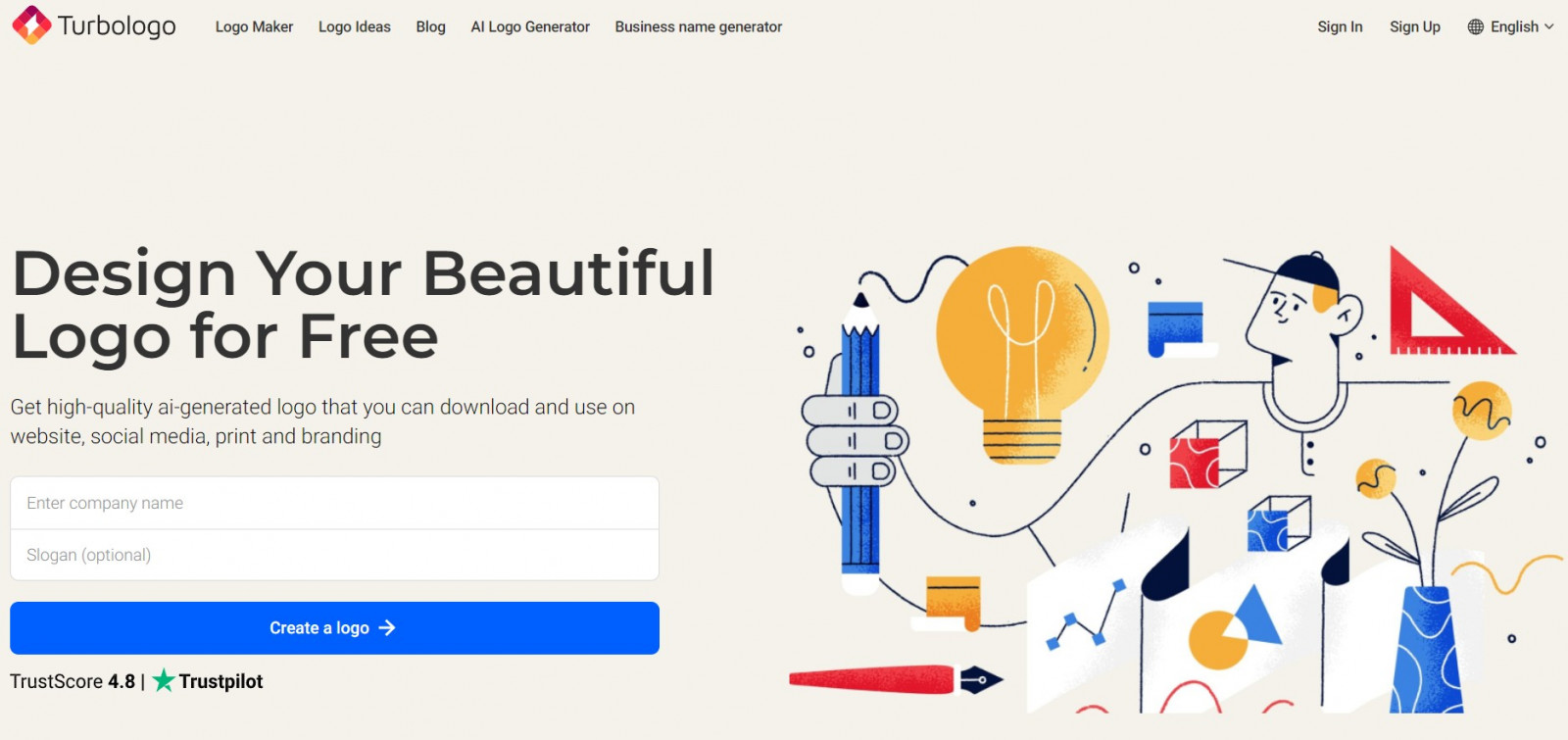
Turbologo is an online service that specializes in creating vector logos. Unlike the more complex programs mentioned above, Turbologo is aimed at users who want to get a quality result quickly and without deep knowledge of design. The platform provides a user-friendly interface and automated tools for designing logos, either from ready-made templates or from scratch, using vector elements. This makes the logo design process accessible to small businesses and startups that want to get a unique and professional logo in the shortest possible time.
Conclusion
Creating a vector based logo is like developing the visual DNA of a brand. It should be simple, but expressive, flexible and recognizable. Vector graphics allow you to turn an idea into something universal: the logo will be equally clear on a business card and on a huge advertising banner. Modern tools like Turbologo make this process accessible to everyone, allowing seamless experimentation with shapes, colors, and styles.

SEO specialist, link builder, and blog editor at Turbologo. Writing insightful content about marketing, design, and branding. Sharing practical tips on building and promoting brands online.


